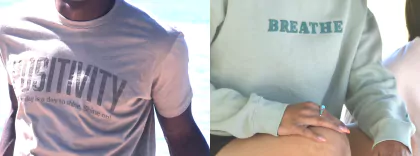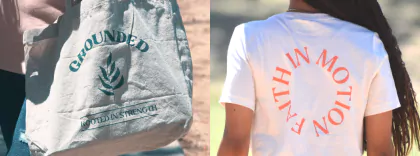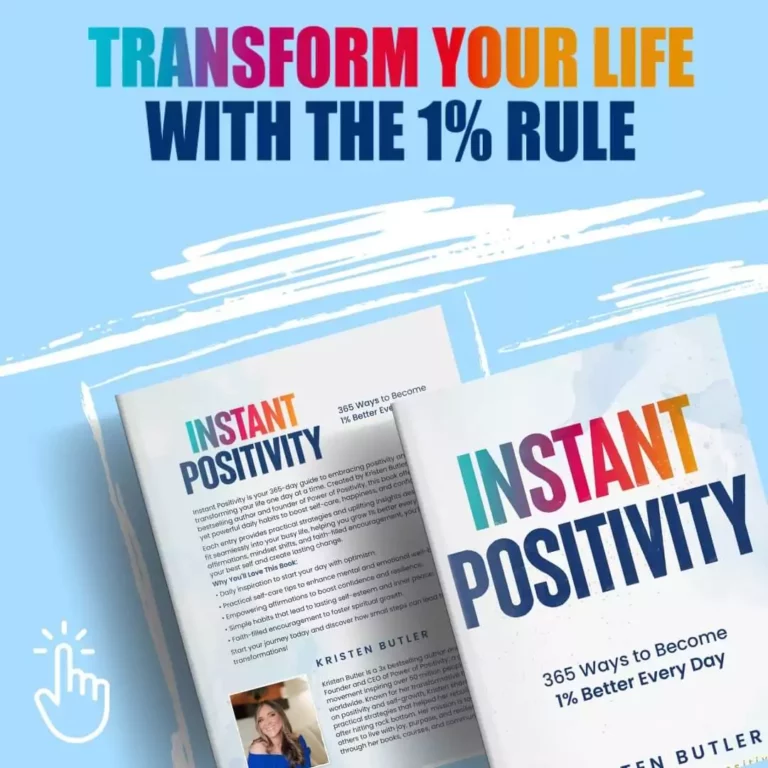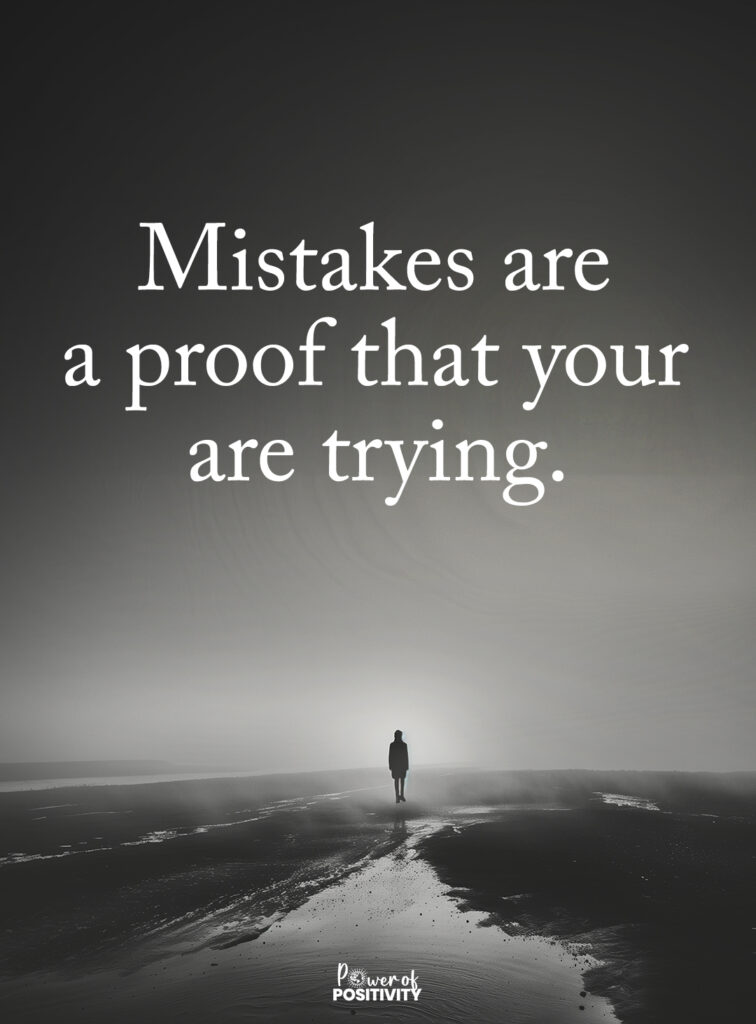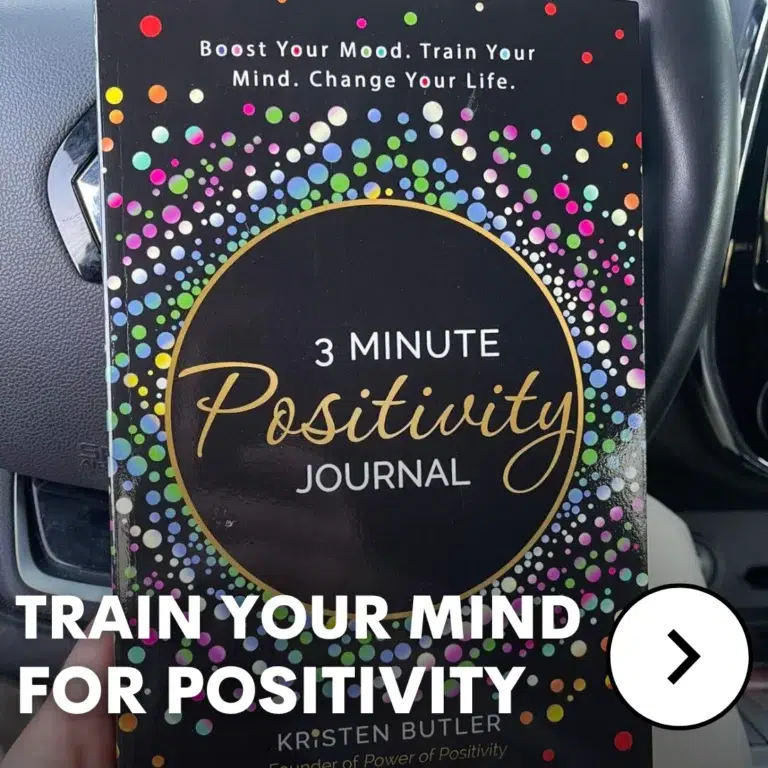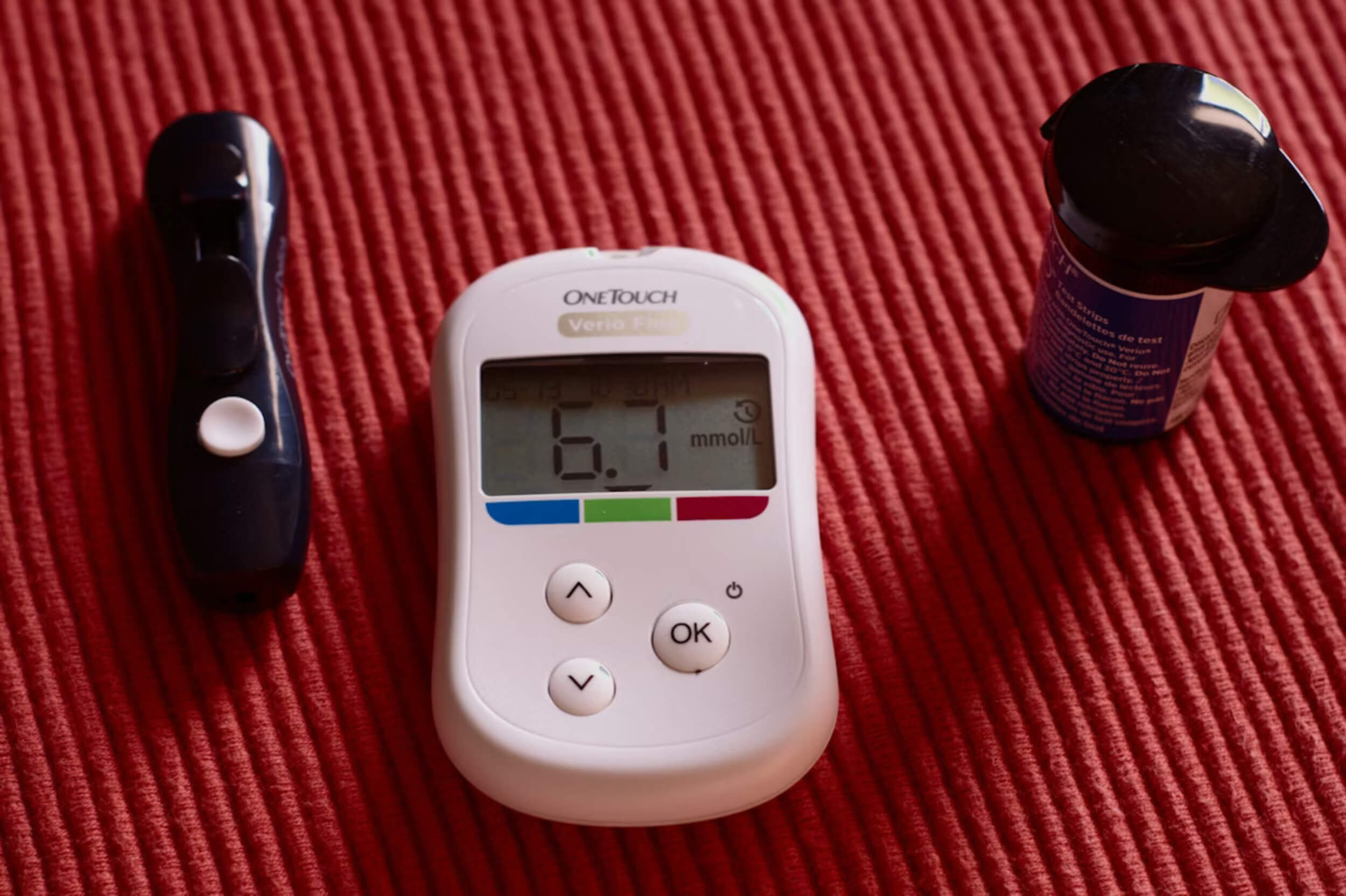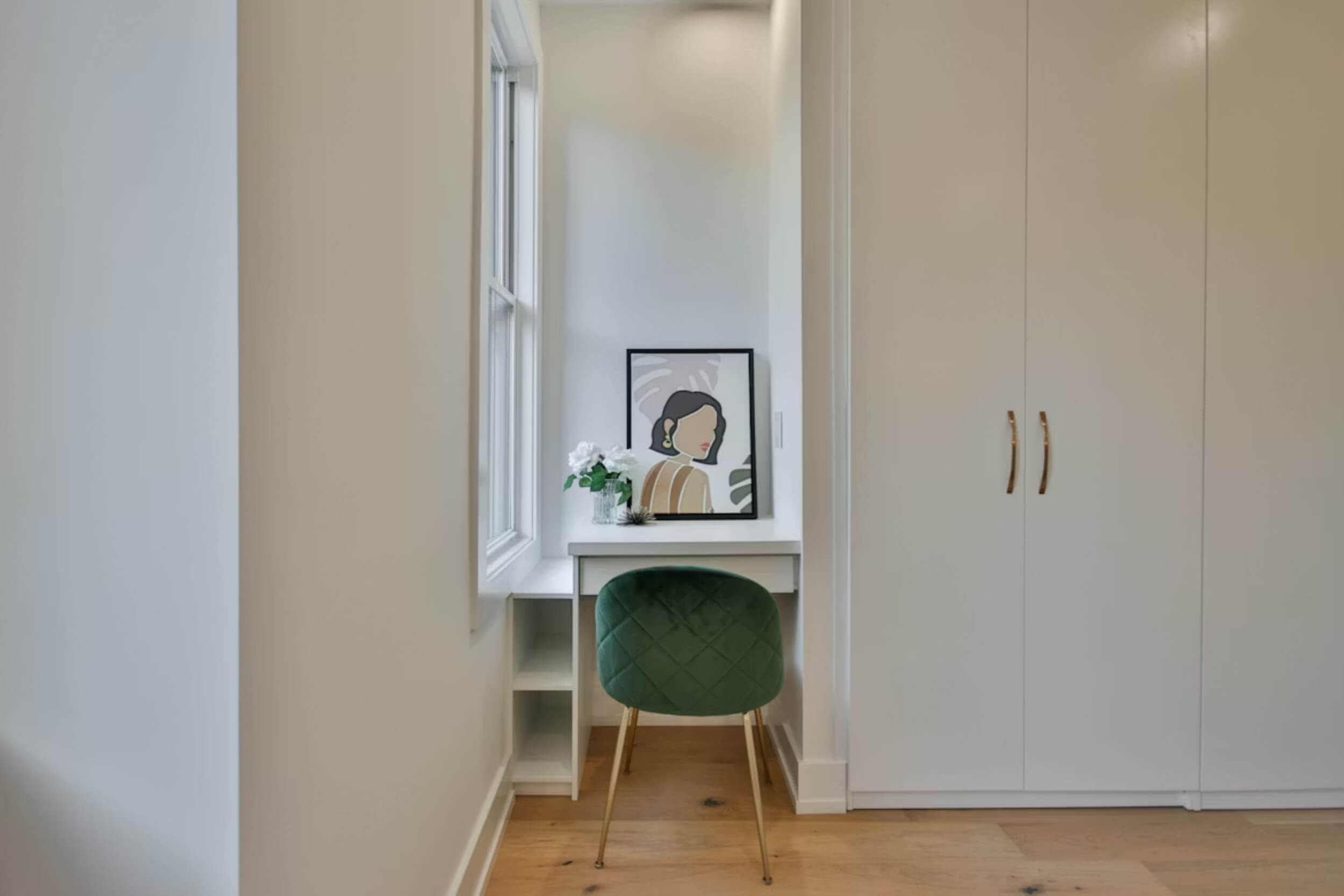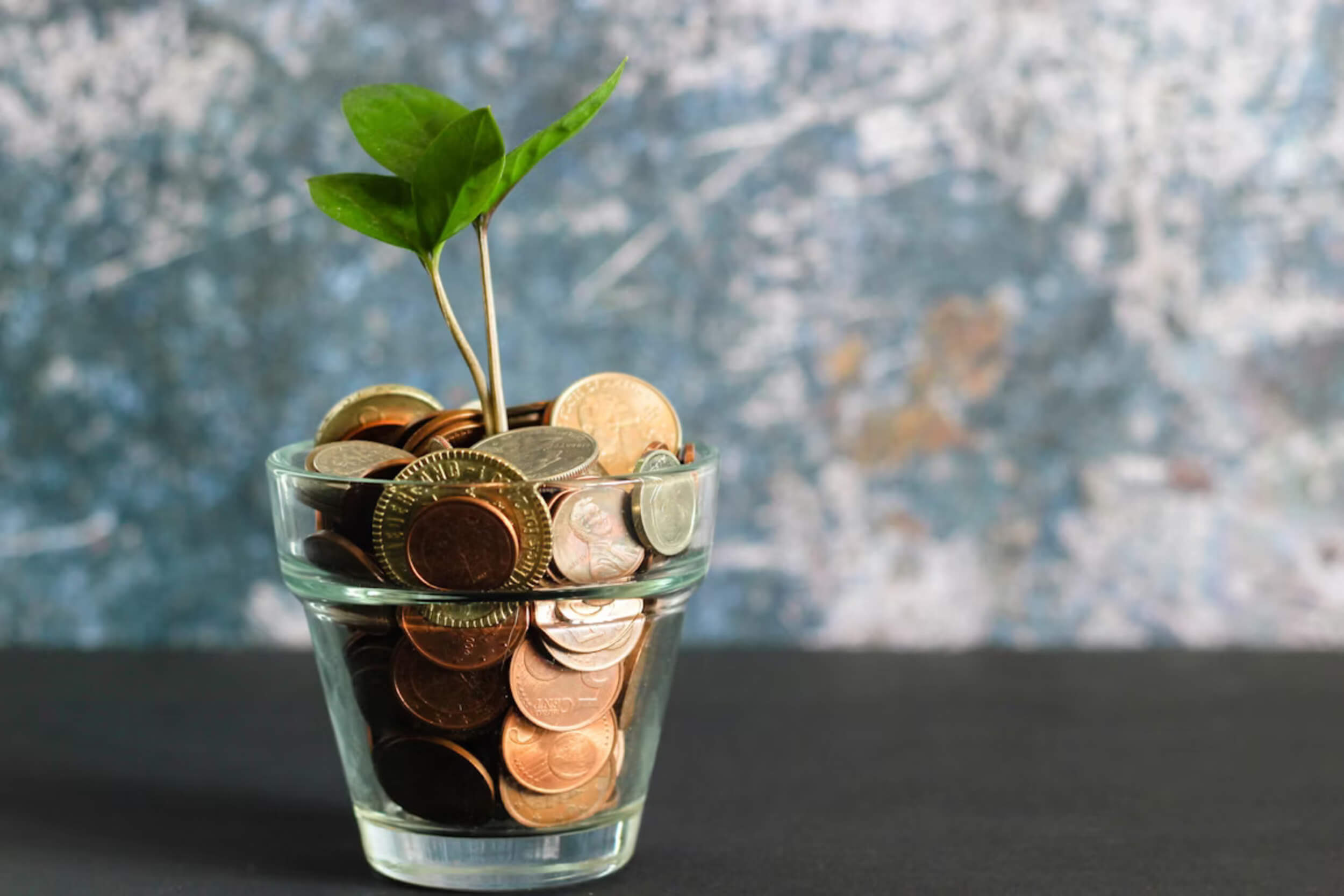There’s always that small pull inside us — one side wanting to stay where it feels safe, the other nudging us toward something new. Think about the times you had to decide whether to stick with what you know or take a step into the unknown. Maybe it was starting a new job, speaking up in a group, or even trying a different hobby. The comfort of routine feels steady, but deep down, many people sense that growth lives outside of it.
The real question becomes clear: is staying safe truly the better option, or is the reward of growing worth the risk? Each decision carries its own weight, and the choice shapes the kind of life we end up living. In the pages ahead, we’ll look closely at what safety offers, what growth demands, and how to find the balance that keeps life moving forward.
Understanding the Pull of Safety
Safety as a Shelter, Not a Solution
Most people lean on routines because they feel steady and predictable. Waking up at the same time, eating the same food, and sticking to the same job schedule all give a sense of control. That pull toward sameness is natural — our brains are wired to keep us away from anything that feels risky.
Short-term, it feels like relief. You don’t have to face nerves or worry about failing. But in the long run, living inside that bubble can feel limiting. It keeps you from finding out what else you’re capable of.
Here are a few signs safety has become a shield:
- Saying “no” to new ideas without even thinking.
- Avoiding situations that stretch your skills.
- Feeling uneasy when routines change.
Comfort is useful when life feels overwhelming, but when it becomes the main strategy, it starts blocking the reward of growing.
Hidden Risks in Staying Comfortable
Comfort often feels harmless, but it quietly steals opportunities. Sticking to what you already know may keep you safe, but it also keeps you stuck. Careers stall, friendships stay shallow, and personal goals sit on the shelf.
The danger is that “no risk” can turn into its own kind of risk. You don’t see the damage right away, but years later, you realize chances were missed.
Think about these common traps:
- Careers plateau – staying in a role too long without learning new skills.
- Relationships stall – avoiding honesty because you fear conflict, which prevents deeper bonds.
- Dreams fade – setting goals aside because you’re afraid to fail.
The cost of comfort isn’t just boredom; it’s a slow loss of growth. Choosing the easy way feels safe today, but it steals the reward of growing tomorrow.
How Growth Demands Courage
What Makes Growth Uncomfortable
Growth doesn’t feel easy because it asks us to step into the unknown. When you risk failing, being judged, or hearing “no,” it stirs up natural fear. Our brains are designed to warn us about change, even if the change isn’t actually dangerous.
Here’s the difference:
- Real danger = something that threatens your safety, like a car accident.
- Perceived discomfort = things that only feel scary, like public speaking or trying a new skill.
Most growth happens in that second category. It feels unsafe, but in truth, it’s just new. Understanding that difference makes it easier to keep moving forward.
The reward of growing comes when you take those small steps, even while your nerves scream otherwise.
Stories That Show the Reward
One person stayed in the same job for years before finally deciding to apply for a role that seemed out of reach. The result? Not only did they get hired, but they found energy and purpose they thought was lost.
Another person took the chance to learn guitar in their 40s. At first, it was clumsy and awkward. But with time, they gained a new hobby, made friends in a local music group, and boosted their confidence.
Even in relationships, the pattern repeats. Being open about feelings is risky — rejection is possible. Yet those who share their truth often build stronger, more meaningful bonds.
Growth is rarely about giant leaps. It’s about ordinary choices that build extraordinary outcomes. Every step that feels uncertain can open the door to the reward of growing.
Weighing Risks the Right Way
The Risk-Reward Lens
Taking risks doesn’t mean being reckless. The smart way is to weigh them realistically. Ask two questions: How bad would it be if this went wrong? and How likely is that outcome?
Here’s a simple way to think about it:
- High severity / low chance – like a plane crash. Scary, but rare.
- High severity / high chance – like driving drunk. Not worth it.
- Low severity / high chance – like spilling paint on your shirt. Messy, but minor.
- Low severity / low chance – like being stung by a bee on a walk. Small risk, small cost.
Looking at risks through this lens helps put fears in perspective. Many things that feel overwhelming are actually low in severity. That’s where the reward of growing often hides.
When Playing It Safe Costs More
Saying “no” feels safe in the moment, but it often creates hidden costs. Time is lost, chances slip away, and the regret of “what if” builds up.
Here are three ways safety ends up costing more than risk:
- Lost time – waiting for the “right moment” until years pass.
- Missed chances – not applying for a role or not starting a project that could have changed your path.
- Lingering regret – realizing later you avoided growth because of fear, not because it was the wrong choice.
Short-term, avoiding risk keeps you calm. Long-term, it keeps you stuck. Choosing growth doesn’t guarantee success, but it does guarantee learning. And that learning is part of the reward of growing.
The Turning Point Between Safety and Growth
Signs You’ve Stayed Safe Too Long
Sometimes it’s clear when comfort has lasted too long. You start feeling restless, bored, or like life is passing you by.
Here are common signs:
- Boredom sets in – work feels like going through the motions.
- Restlessness builds – you crave more but don’t know what.
- Fear rules decisions – choices are based on avoiding risk, not chasing values.
When these patterns show up, it’s a signal you’ve outgrown the safe zone. That moment can feel heavy, but it’s also the perfect time to step toward the reward of growing.
The Reward Waiting Beyond Discomfort
The first step outside your comfort zone is usually the hardest. But once you take it, you begin to see the payoff. Growth builds resilience — you bounce back faster. It also strengthens confidence, showing you can handle more than you thought.
Unexpected rewards follow:
- New opportunities – doors open because people notice your effort.
- Confidence boosts – success in small risks builds trust in yourself.
- Joy in surprise – proving yourself wrong feels better than avoiding fear.
Each push into discomfort makes progress feel worthwhile. The reward of growing is not just the outcome, but also the person you become along the way.
Part 5: Practical Ways to Choose Growth
Start Small but Start Now
Growth doesn’t have to start with a giant leap. Micro-risks create momentum and make fear easier to handle.
Examples of small steps include:
- Speaking up once in a meeting.
- Trying a new class or hobby.
- Starting a side project at home.
Each small win builds courage for bigger choices later. The point is to take action today, even if it’s small, so you don’t wait for the “perfect” moment that never comes.
Turning Fear Into Fuel
Fear doesn’t always have to stop you. It can be reshaped into motivation if you see it differently.
Here’s how:
- Reframe nerves – treat the same feeling as excitement instead of dread.
- Use failure as feedback – mistakes aren’t the end; they’re lessons.
- Change self-talk – replace “I can’t” with “I’ll try and learn.”
Each of these shifts helps shrink the weight of fear. The more you practice, the more fear works for you instead of against you. With time, those small changes lead straight to the reward of growing.
Closing: What’s Truly at Stake
Staying safe may feel like the smarter option, but it comes with a hidden cost — it often blocks growth. Comfort offers short-term calm, yet it slowly limits what you can do and who you can become.
Growth, on the other hand, always carries some risk. You may face rejection, failure, or unexpected turns. But risk also brings possibility. It opens the chance for stronger confidence, deeper relationships, and opportunities you never thought were possible.
Choosing growth doesn’t mean throwing caution aside. It means being willing to take steps, even small ones, beyond what feels comfortable. In the end, saying yes to growth is saying yes to life at its fullest.
